Filter News
Area of Research
News Topics
Media Contacts
![2018-P07635 BL-6 user - Univ of Guelph-6004R_sm[2].jpg 2018-P07635 BL-6 user - Univ of Guelph-6004R_sm[2].jpg](/sites/default/files/styles/list_page_thumbnail/public/2018-P07635%20BL-6%20user%20-%20Univ%20of%20Guelph-6004R_sm%5B2%5D.jpg?itok=DUdZNt_q)
A team of scientists, led by University of Guelph professor John Dutcher, are using neutrons at ORNL’s Spallation Neutron Source to unlock the secrets of natural nanoparticles that could be used to improve medicines.

Attracted to biology, math, and physics as a young student, Omar Demerdash decided that when the time came to narrow his academic interests he wouldn’t pick and choose: he’d pursue them all. Today he’s using his expertise in computational biophysics to model and analyze how molecules interact with p...
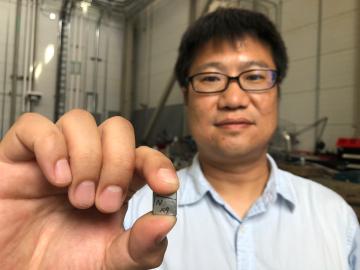
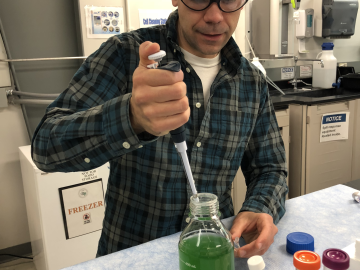
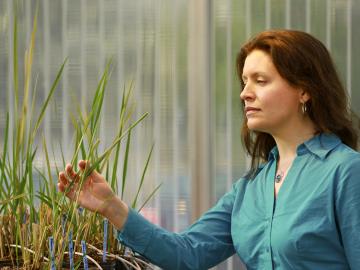
Esther Parish’s holistic approach to life is apparent not only in her environmental research at Oak Ridge National Laboratory, but in her careful cultivation of a future crop of young scientists. Her expertise as a geographer coupled with a keen interest in the natural world drives Parish’s resea...
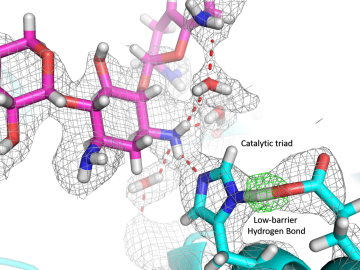
An Oak Ridge National Laboratory-led team has observed how a prolific class of antibiotics may be losing its effectiveness as certain bacteria develop drug resistance by acquiring enzymes known as aminoglycoside modifying enzymes. Aminoglycosides are commonly used in antibiotics to tre...
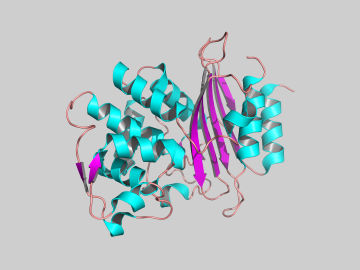

Dan Jacobson is illuminating the workings of biological systems from the molecular scale up by leveraging Oak Ridge National Laboratory’s supercomputing resources to create machine- and deep-learning techniques more easily understood by humans






